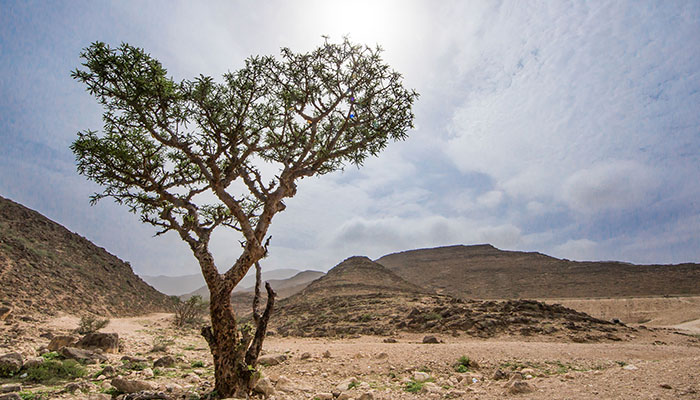
The five archaeological sites of Oman that are enlisted in the UNESCO World Heritage List not only showcase the strong heritage of Oman, but also strengthen its capability in attracting investments in the tourism sector, thus helping in achieving the objectives of Oman Vision 2040.
Ibtisam bint Abdullah Al-Mamari, Director of the Directorate General of the World Heritage at the Ministry of Heritage and Tourism, said, “As heritage is a fundamental tool for creating identity, where it is considered as an indicator for the glories of nations, and an essential source of pride and inspiration, the Sultanate of Oman, represented by the Ministry of Heritage and Tourism joined the World Heritage Convention in 1981 in accordance with Royal Decree No 81/69.”
She added: “The acceding to the World Heritage Convention has paved the way for the Sultanate of Oman to nominate archaeological sites of exceptional value to be inscribed on the World Heritage List.”
Ibtisam Al-Mamari clarified that being enlisted in the World Heritage List enhances the capability of the sites to receive the support and attention of the international community, and also enables the countries which are home to these sites to obtain assistance in protecting and preserving their heritage, through direct assistance from UNESCO.
Ibtisam Al-Mamari pointed out that there are several criteria that determine the inclusion of sites in the World Heritage List. First, the nominated sites must be of exceptional global value and represent one of the masterpieces of the creative human mind or manifest strong influences that took place over time or within a cultural area in the world, related to the development of architecture or technology, or to artistic edifices, town planning, or to landscape design.
The nominated sites also must be unique or exceptional witness to a cultural tradition or civilisation that is still alive or extinct, or that it represents an outstanding example of a traditional human settlement, or a traditional method of using land or exploiting the seas, and represents a specific culture or interaction between man and his environment.
Also the nominated sites must be directly or tangibly associated with events, living traditions, beliefs, or literary or artistic works of outstanding high importance, or include areas of exceptional natural beauty and aesthetic significance.
Mohsen bin Murtadha Al Lawati, a heritage specialist at the Ministry of Heritage and Tourism, said that the site of Bahla Fort in the Wilayat of Bahla at the Governorate of Al Dakhiliyah is considered the first site enlisted in the World Heritage List in 1987.
He added that the Ministry of Heritage and Tourism has signed an agreement with the Oman Tourism Development Company (OMRAN) to manage and operate the Bahla Fort site. Mohsen pointed out that the Bahla Fort site contributes to strengthening investment in the tourism sector due to its capability to attract increasing investments, particularly after its inclusion in the World Heritage List.
He emphasised that the Ministry of Heritage and Tourism has developed a precise plan for the restoration of the Wall of Bahla, whose path extends over a distance of 12km, as a project for which an annual budget is allocated to carry out the works of consolidation and restoration of the damaged parts of the wall.
Mohsen Al-Lawati added that the sites of Bat, Al-Khutm and Al-Ayn in the Wilayat of Ibri at the Governorate of Al-Dhahirah were included in the World Heritage List in 1988. The sites represent a prominent example of the settlements in the third millennium BC, as they include the largest gathering of archaeological towers and tombs. He emphasised that the Ministry of Heritage and Tourism is preparing a comprehensive management plan for the sites, taking into account the historical, archaeological and architectural aspects.
He confirmed that the restoration of the archaeological Al-Khutm Tower has been completed, where the electrical work, lighting the tower and the surrounding area, has been completed while the work on designing the identification panels is underway.
Mohsen added that the work on an investment project of the archaeological visitor centre at Bat is also underway. The sites of the Land of Frankincense were included in the World Heritage List in 2000. The sites are located in the Governorate of Dhofar and are represented in four sprawling sites, namely Al Baleed, Samharam/Khawr Rawri, Wadi Dawkah and Al-Shasr.
Atheer bint Suleiman Al-Hajari pointed out that in 2006, five Aflaj irrigation systems were included on the World Heritage List. The Ancient City of Qalhat site was included in the World Heritage List in 2018, as the city of Qalhat preserves all its elements on a land of 35 hectares.